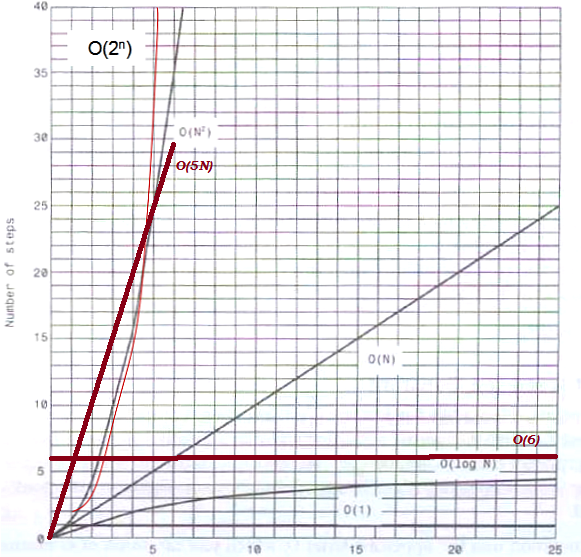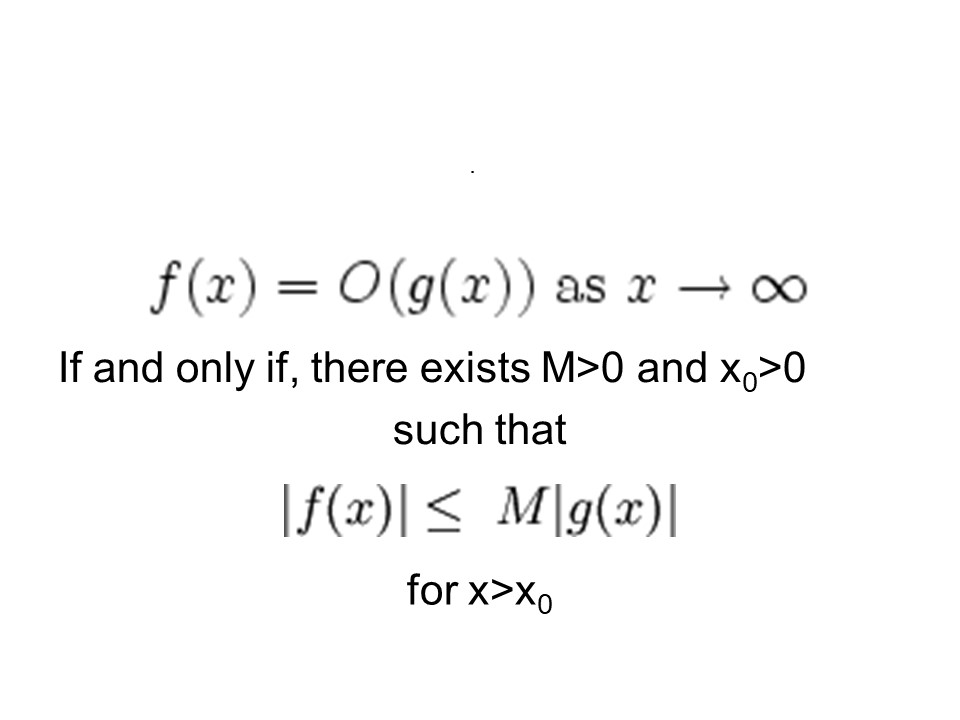Chapter 2: Arrays
Data Structures and Algorithms in Java
CpSc 374
Arrays
-
Exist in almost every general-purpose programming language
- Google "languages without arrays"
Scheme & Prolog???
out of thousands??
- Array Implementation
- Contiguous blocks of memory for homogeneous array (most languages, but not JS)
- Multidimensional
- row-major or column-major order
- array of arrays
- As a data structure
- usually want no empty cells (v. sparse arrays)
- The Array Workshop Applet
- Author's somewhat clunky visualization tool used throughout the book
- While hard to use, the interface is consistent
- Appletviewer is no longer supported in Firefox or Chrome. Try Internet
Explorer with Java enabled. Good Luck! Requires security setting changes.
- Make sure you complete all the steps for one "command" before issuing another
- Can usually find better on WWW
- Array Operations
- Maintain contiguous data set
- Insert - place item at end of array
- Search - start at beginning and test each value
- What if not found?
- Dups --> to end of values
- Issue - how to deal with duplicates
- In DB, keys are normally unique identifiers
- Delete - "search" for item
- Move all "higher" items down in the array to fill vacancy
- Duplicates --> Keep looking
-
Read Logarithms & Big O Notation.
Intro to time efficiency
Java Specifics
- Arrays (not vectors) are static objects
- Can't change the size - though you could implement an algorithm to do so
- In Java, name of array is a reference
- In C++, name of array is a pointer
- Java Code
int[] ia = {0, 2, 4, 6, 8, 10};
int[] ia = new int[numElems];
for(int i=0; i<ia.length; i++)
ia[i] = i*2;
- lab1.java
- Person.java
- See author's code that
performs array insertion, search, and deletion
-
Dividing a Program into Classes
- Use a container class for the array
- Encapsulate (protect) the data
- Provide a way to set and get elements
- Author's lowArray simply redefines [ ] operator (Yuk!)
- See Chapter2's textbook code available in my folder on D2L
- Class Interfaces ... Polymorphism
- The way other modules access the data
- Method signatures w/o implementation
- Want "data abstraction"
- highArray provides:
- Array data struct that know it's length (and max)
- Initialization, find, insert, delete, display
- Still need...
Protection from overflow, sort, ...
- See author's code with
separate methods
- Advantage to other programmers/users
Ordered Arrays
-
Ordered array stores values in key sequence
-
Insert - find location and move all others items "up"
-
Delete - find location and move all others "down"
-
Search - linear, as before, or...
- Binary search - repeatedly divide search space in half.
Can be used for insert and delete also
-
Duplicates values/keys
Delete: keep track of number of spaces to move
Insert and Search?
- ordered array code
Implementation of an API (Application Programming Interface)
ADT --> API --> App --> End User
Create a class
- Typically private data fields
- Public methods for "users" where our users are application programmers)
- Private methods as needed
Write methods: constructer, insert, delete, find… others?
Typically no fill operation - that's for demos
How "costly" are the operations you coded?
Algorithm Analysis
- Analyze the code to determine it's "cost"
- how many computer/hardware operatiions needed?
- Run-time cost
- Fun with Math!!
Time Required for array operations?
- Unordered arrays with duplicates
- Insert - constant time
- Find - num elements
- Delete - num elements
- Unordered without duplicates
- Find - best/avg/worst
- Delete - find + ??
- Insert - find + constant
- Ordered without duplicates
- Find - best/avg/worst
- Insert - find + ??
- Delete - find + ??
- Ordered with duplicates?
- More complicated
Logarithms
- Recall 25 is 32
- log2(32) is 5
- See tables 2.3 and 2.4 on pages 62 and 63 of your text
- Ordered arrays (binary search) is fast
- Halving the search space with each test:
- Search a billion records with 30 tests!
-
|
logb(x) =
|
log10(x)
|
| log10(b) |
- If x = by, then y = logb(x) or
- If range = 2steps, then steps = log2(range)
- 210 = 1,024 (1K)
- 220 is approximately 106 (1M)
- 230 is approximately 1091G)
- 240 is approximately 1012(1T)
Big O notation
- Used to state/compare efficiency of various algorithms (by counting "operations")
- Constant time: O(1)
- T = 1, T = 6000, T = K (where K is some constant)
- Insertion in an unordered Array: Constant
- Time T is some constant K, thus T = K
- Linear time: O(N)
- T = CN + K
- Linear Search of an array: Proportional to N
- T = K * N/2
- Lump the 1/2 into K and T = K * N (different value for K)
- Logarithmic time: O(log N) (where N is number of elems)
- T = C log(N) + K (where C and K are some constants)
- Binary Search: Proportional to log (N)
- T = K * log2(N)
- Since any logarithm is related to another by a constant
(3.322 to go from base 2 to base 10), lump the constant into K :
- T = K * log(N)
- Polynomial time: O(N2), O(N3),...
- T = C1N2 + C2N + K
The Good, Bad and Ugly of O( )
- Constant O(1)
- Log O(log N)
- Linear O(N)
- Polynomial
- Quadratic O(N2)
- Cubic O(N3),...
- Exponential O(CN)
|

|
Constants and Small N
- Note that O(5N) is worse than O(N2) for 0 < N < 5
-
Even O(6) is worse than O(N2) for 0 < N < 3
- But that's not the "big picture"
|

|
Asymptotic Behavior and Large n
- Find a function g(x) that acts as an upper bound for f(x) when we ignore constants and start with a big enough size for N and care about large N
-

- Here's a detailed analysis of a selection sort
- Let's try it! find a java algorithm for KMP (pattern matching) and
determine it's run time
-
KMP at geeksfor geeks.org
- or in text here
Wrap Up
- Why Not Use Arrays for Everything
- Other data structs are more efficient for certain (common) operations
- Potential of overflow is always a problem
- Doesn't always model the problem well
- Storing Objects
- Normally, data stored/retrieved is a record or an object with various fields (members)
- One (or more fields) represent the key
- Search uses an equals() method, to avoid comparing references
- Insert requires a new operation
- Copy operations may be expensive (usually just a reference in Java)



